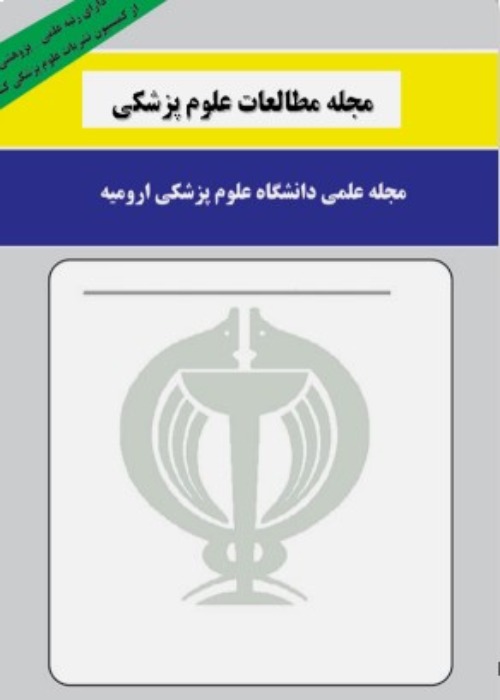THE EVALUATION OF SYMMETRIC RESTING SCAPULAR POSTURE AND SCAPULOHUMERAL RHYTHM RATIO BETWEEN DOMINANT AND NON-DOMINANT SHOULDERS IN ELDERLY SUBJECTS IN DIFFERENT HUMERAL ABDUCTION ANGLES
Previous studies have stated that the scapulohumeral rhythm dysfunction can make a person prone to glenohumeral joint pathologies. The purpose of this study was to survey symmetric resting scapular posture and scapulohumeral rhythm ratio between dominant and non-dominant shoulders in elderly subjects in different humeral abduction angles.
Thirty-five healthy elderly male subjects (age: 60-70 years) participated in this study voluntarily. Two inclinometers were used to measure humeral abduction and scapular upward rotation in scapular resting position, 45, 90, and 135 shoulder abduction in the frontal plane. Subjects performed humeral abduction with dominant and non-dominant shoulders in the frontal plane randomly. The scapulohumeral rhythm was calculated from division humeral abduction to upward rotation of the scapula from scapular resting position to 45°, 90°, and 135° humeral abduction in frontal plane. ANOVA with repeated measure and dependent variable test were used for comparison of differences within-group and effect of independent variables on the scapular upward rotation and scapulohumeral rhythm ratio. The level of significance was set at p< 0.05.
ANOVA with repeated measure test (2×4) indicated that dominance or non-dominance shoulder and humeral abduction angle had significant effects on scapular upward rotation and scapulohumeral rhythm ratio (p<0.05) as dominance scapula had more upward rotation and less scapulohumeral rhythm ratio. Also, scapula had more upward rotation and less scapulohumeral rhythm ratio with increasing humeral abduction angle (p<0.05). On the other hand, paired-sample test indicated there is no asymmetry between dominant and non-dominant scapula in scapular resting position but there are significant differences in scapular upward rotation and scapulohumeral rhythm ratio between dominant and non-dominant shoulders in 90° and 135° humeral abduction in the frontal plane (p<0.05).
It seems that clinicians should be careful in designing special training to prevent shoulder disorders regarding the significant decrease in scapular upward rotation and subsequent increase in scapulohumeral rhythm ratio in the non-dominant shoulders of elderly subjects.
- حق عضویت دریافتی صرف حمایت از نشریات عضو و نگهداری، تکمیل و توسعه مگیران میشود.
- پرداخت حق اشتراک و دانلود مقالات اجازه بازنشر آن در سایر رسانههای چاپی و دیجیتال را به کاربر نمیدهد.


